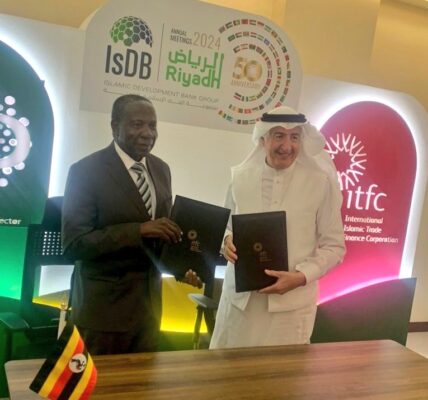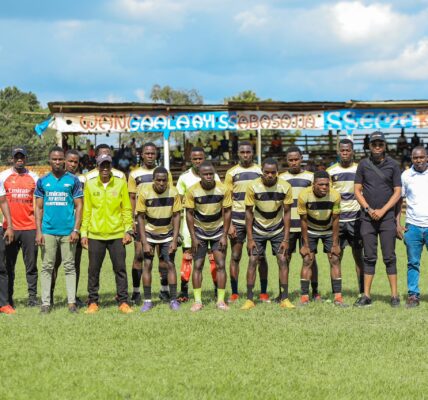Russia Strikes Back in Kursk: Counteroffensive Launched in Response to Ukraine’s Cross-Border Incursion
Russia has unleashed a powerful counteroffensive in the Kursk region, retaliating against Ukraine’s recent bold incursion into Russian territory. While the Kremlin has not formally declared the operation, growing evidence from battlefield reports, videos, and commentary from Russian military bloggers indicate that Moscow’s forces are launching a significant pushback.
Major General Andrei Kartapolov, deputy head of Russia’s Defense Ministry’s military-political department, confirmed that Russian troops have reclaimed 10 settlements in Kursk. Kartapolov described the situation as “favorable” for Russian forces, emphasizing that the counteroffensive is regaining territory previously seized by Ukrainian forces.
The Russian assault, spearheaded by Ahmad Special Forces, has led to intense fighting along the Kursk border. Pro-Russian Telegram channels have shared footage of Russia’s 51st Guard Regiment driving Ukrainian forces out of key areas, including the village of Snagos. One particularly striking video shows Ukrainian prisoners of war, some injured, being marched under Russian guard, underscoring the intensity of the fighting and the shift in momentum.
Ukraine’s cross-border operation into Kursk, launched earlier this month, was a daring gamble aimed at shifting the balance of the war. Kyiv had hoped that by attacking Russian territory directly, it could force Moscow to redirect its military resources away from the fiercely contested Donbas region in eastern Ukraine. However, rather than withdrawing forces, Russia has doubled down on both fronts, mounting this new counteroffensive in Kursk while simultaneously making advances in the Donbas.
The Russian Defense Ministry claims that Ukrainian forces have suffered 10,000 casualties during the month-long incursion into Kursk. Although Kyiv has remained defiant, maintaining that its operation is proceeding as planned, it’s becoming increasingly clear that Ukrainian troops are struggling to hold the ground they captured.
In addition to the Kursk front, Russian troops have made significant strides in the eastern Ukrainian city of Pokrovsk, a crucial logistical hub for Ukrainian forces. Control of Pokrovsk would provide Russia with a major foothold for further military advances deeper into Ukrainian territory. The city is seen as a gateway to both eastern and central Ukraine, and losing it could prove disastrous for Kyiv’s efforts to maintain control over the region.
While Ukraine’s audacious Kursk operation initially stunned Russia and the world, it has come at a cost. The decision to focus on Kursk has left Ukrainian forces vulnerable in the east, where Russian troops are now pressing hard to capture more territory in Luhansk and Donetsk. Ukraine’s leadership had hoped that the Kursk incursion would serve as leverage in any future peace talks, but the strategy may now be backfiring, as Moscow grows more entrenched and less willing to negotiate.
Diplomatic efforts appear to be stalled, with Russian President Vladimir Putin showing little interest in resuming peace talks, especially in the aftermath of Ukraine’s cross-border assault. Putin’s dismissive stance suggests that Russia is gearing up for a long and grinding conflict, with little room for compromise on either side.
Meanwhile, the West’s role in the conflict is coming under increasing scrutiny. U.S. Secretary of State Antony Blinken recently hinted that Washington might lift restrictions on Ukraine’s use of long-range Western weapons. This would allow Kyiv to strike deep into Russian territory, possibly with British Storm Shadow missiles or U.S. ATACMS. The UK has reportedly already authorized the use of these missiles on Russian targets.
However, such a move could have serious consequences. Moscow has repeatedly warned that allowing Ukraine to use Western-supplied long-range weapons inside Russian territory would cross a “red line” and could provoke a direct confrontation between Russia and NATO. Russian officials have emphasized that such actions would be seen as an escalation, potentially dragging the West into the war.
As Russia ramps up its counteroffensive in Kursk and tightens its grip on eastern Ukraine, the war appears to be entering a dangerous new phase. The conflict is becoming increasingly unpredictable, with both sides digging in for a prolonged battle, and the risk of escalation is higher than ever.
The world watches anxiously as the situation unfolds, wondering whether the fighting will spill over into a broader conflict that could draw in more global powers. For now, the focus remains on Kursk, where Russia’s counteroffensive has started to shift the tide of battle, raising the stakes for both Moscow and Kyiv as the war drags on into its next brutal chapter.






